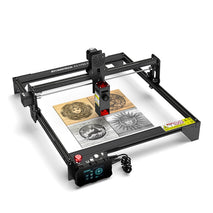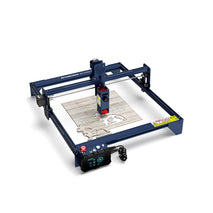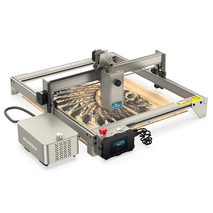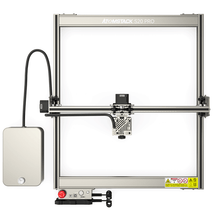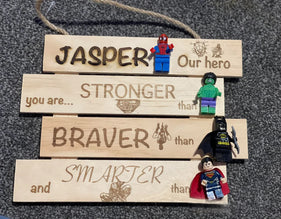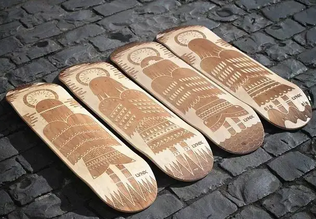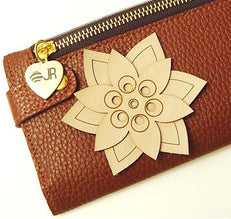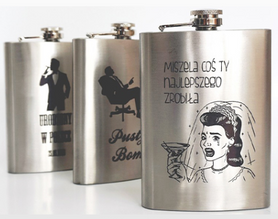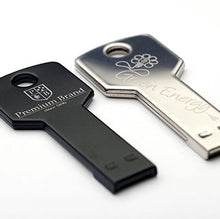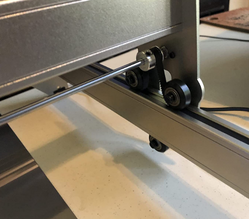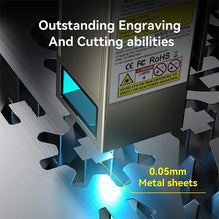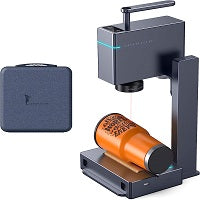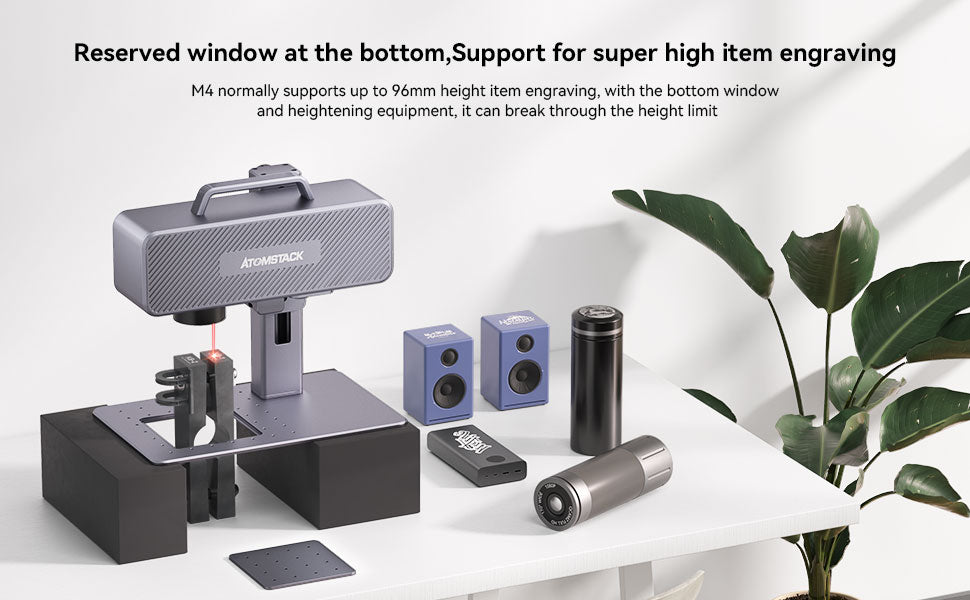
Fiber and Infrared Laser FAQs
1. What materials can fiber laser engrave or mark?
Fiber lasers are especially effective for engraving metals such as stainless steel, aluminum, brass, copper, gold, silver, titanium, and various alloys. Fiber laser engraver can also engrave some non-metallic materials, such as leather, hard plastic and so on.
2. Can fiber lasers be used to engrave wood?
Fiber lasers are not ideal for engraving wood because they are specifically designed to work on metal and some types of plastic. Fiber lasers have wavelengths that are not well absorbed by wood, resulting in less efficient engraving and potential damage to the wood. Conversely, CO2 laser engravers are the first choice for engraving wood, as their wavelengths are more easily absorbed by organic materials such as wood, acrylics, leather, and textiles.
3. Can fiber laser etch glass?
Fiber lasers are not the best choice for etching glass. They are primarily designed for engraving metal and some types of plastic. For etching glass, a CO2 laser is a more suitable choice. Their longer wavelengths are more easily absorbed by glass, allowing precise, high-quality etching without cracks or other damage.
4. How long is the service life of fiber laser?
The lifetime of a fiber laser depends on several factors such as the quality of the laser components, conditions of use and proper maintenance. A key component of a fiber laser system is the laser diode, which acts as the source of the laser beam. High-quality laser diodes have a lifetime of 50,000 to 100,000 hours or more, which means years of operation even with heavy use. However, it is imperative to ensure that fiber laser systems are well maintained, kept clean and operating according to recommended guidelines to maximize their useful life. In addition, the quality of the components used in the laser system and the reputation of the manufacturer can also affect the lifetime of the laser.
In conclusion
We have already discussed fiber lasers and infrared lasers in detail. By now, you probably have a pretty clear idea of these machines and their purpose. You can see how they work, the differences, and the similarities to see which laser engraver is best for your needs. We've also rounded up some of the best fiber laser engravers and infrared laser engravers you can buy on the market. These are great products with unique features. Be sure to check the specifications, features, and other features before purchasing.
Fiber lasers are especially effective for engraving metals such as stainless steel, aluminum, brass, copper, gold, silver, titanium, and various alloys. Fiber laser engraver can also engrave some non-metallic materials, such as leather, hard plastic and so on.
2. Can fiber lasers be used to engrave wood?
Fiber lasers are not ideal for engraving wood because they are specifically designed to work on metal and some types of plastic. Fiber lasers have wavelengths that are not well absorbed by wood, resulting in less efficient engraving and potential damage to the wood. Conversely, CO2 laser engravers are the first choice for engraving wood, as their wavelengths are more easily absorbed by organic materials such as wood, acrylics, leather, and textiles.
3. Can fiber laser etch glass?
Fiber lasers are not the best choice for etching glass. They are primarily designed for engraving metal and some types of plastic. For etching glass, a CO2 laser is a more suitable choice. Their longer wavelengths are more easily absorbed by glass, allowing precise, high-quality etching without cracks or other damage.
4. How long is the service life of fiber laser?
The lifetime of a fiber laser depends on several factors such as the quality of the laser components, conditions of use and proper maintenance. A key component of a fiber laser system is the laser diode, which acts as the source of the laser beam. High-quality laser diodes have a lifetime of 50,000 to 100,000 hours or more, which means years of operation even with heavy use. However, it is imperative to ensure that fiber laser systems are well maintained, kept clean and operating according to recommended guidelines to maximize their useful life. In addition, the quality of the components used in the laser system and the reputation of the manufacturer can also affect the lifetime of the laser.
In conclusion
We have already discussed fiber lasers and infrared lasers in detail. By now, you probably have a pretty clear idea of these machines and their purpose. You can see how they work, the differences, and the similarities to see which laser engraver is best for your needs. We've also rounded up some of the best fiber laser engravers and infrared laser engravers you can buy on the market. These are great products with unique features. Be sure to check the specifications, features, and other features before purchasing.
Older Post
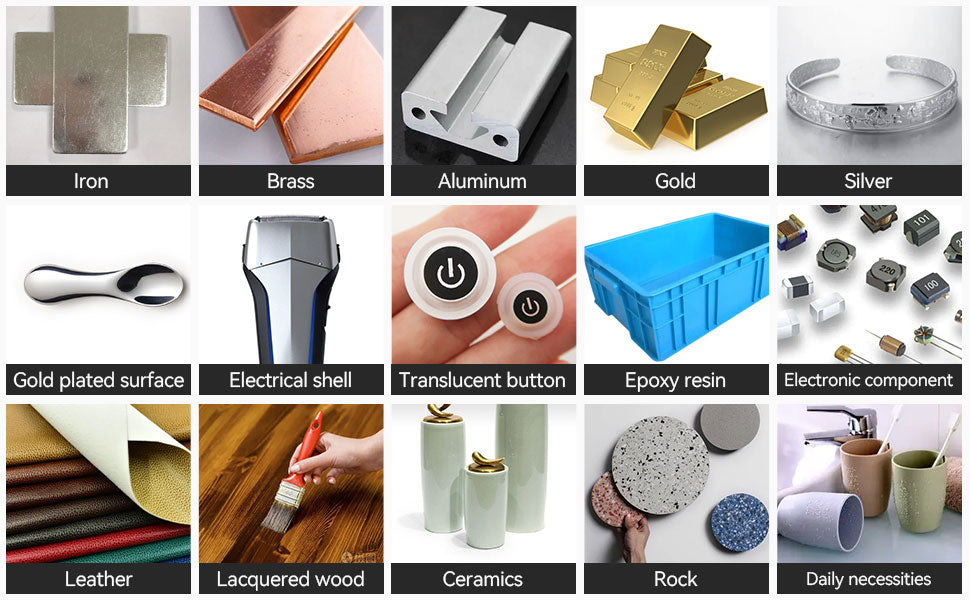 Newer Post
Newer Post
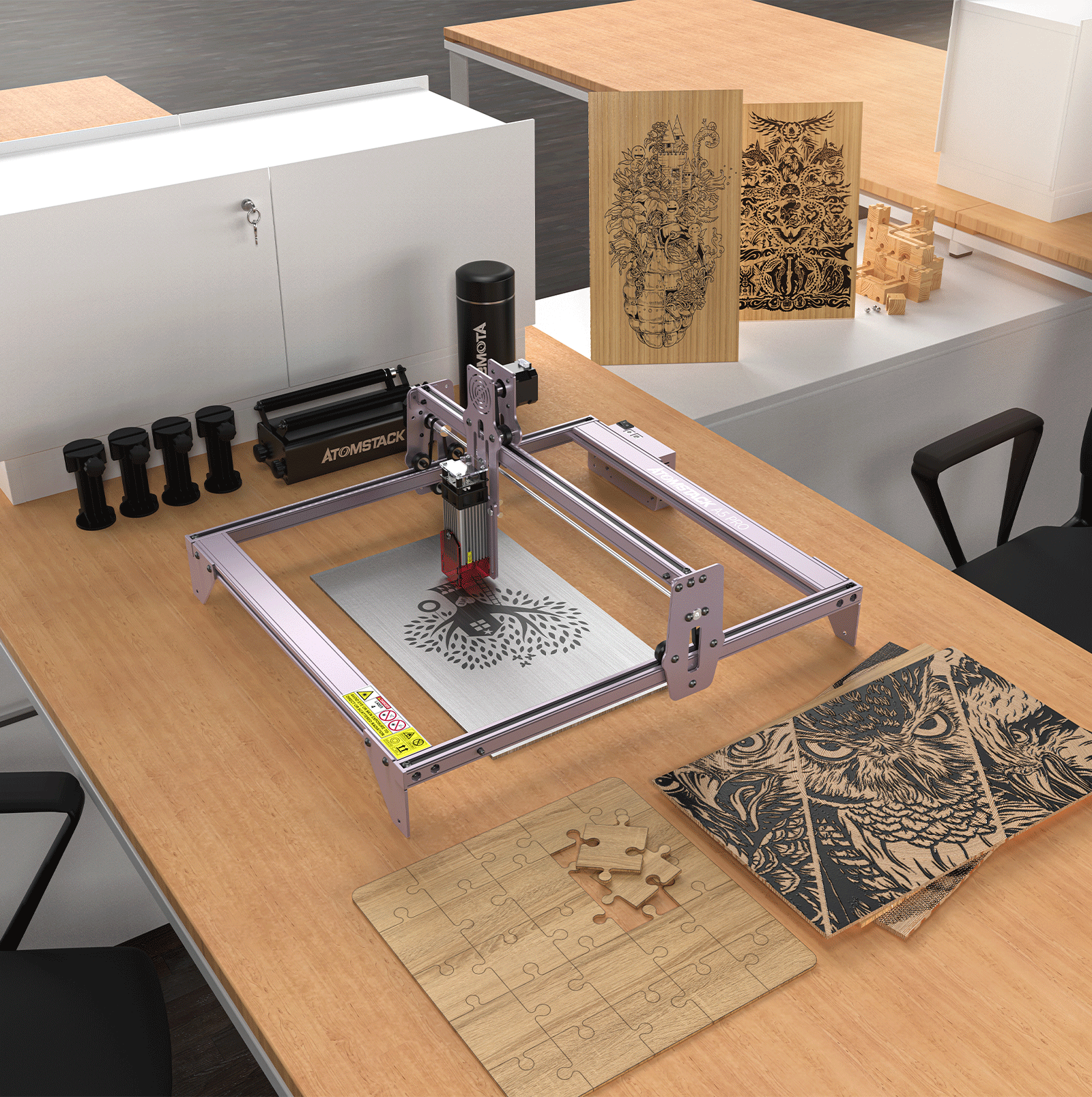
Fiber Laser and Infrared (IR) Laser Applications

The Atomstack A5 Pro Laser Engraver Review


